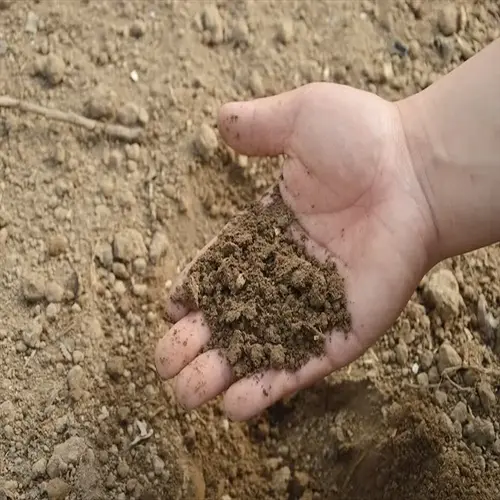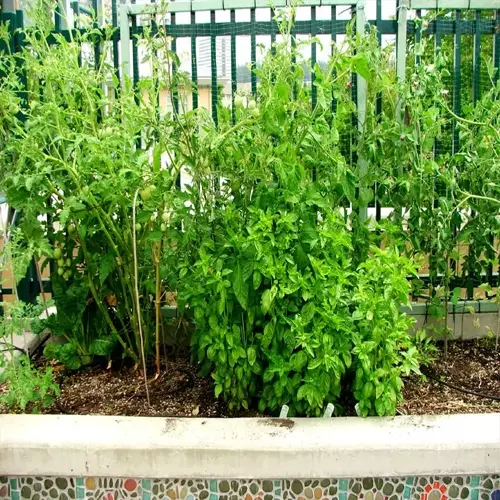What homemade fungicide works for tomatoes?

Written by
Olivia Mitchell
Reviewed by
Prof. Charles Hartman, Ph.D.Homemade fungicides are great organic solutions for common tomato diseases, such as powdery mildew and early blight. Spraying baking soda solutions prevents fungus from spreading, while spraying milk solutions develops antifungal proteins on leaf surfaces. I have eliminated outbreaks with homemade remedies and avoided harmful chemicals.
Baking Soda Spray
- Mix 1 tbsp baking soda with 1 tsp horticultural oil per gallon water
- Add ½ teaspoon castile soap as emulsifier
- Effective against powdery mildew and black spot
- Apply every 5-7 days during humid weather
- Avoid use in temperatures above 90°F (32°C)
Milk Solution
- Combine 40% milk (whole or skim) with 60% water
- Add 5 drops tea tree oil for enhanced antifungal action
- Controls mildew and boosts plant immunity
- Spray early morning before full sun exposure
- Use within 2 hours of mixing for maximum potency
Garlic Oil Spray
- Steep 10 minced garlic cloves in 1 pint mineral oil overnight
- Strain and mix 1 tbsp concentrate per quart water
- Effective broad-spectrum fungicide
- Apply at dusk to avoid harming beneficial insects
- Reapply after rain exceeding 0.5 inches (1.25 cm)
Homemade sprays should always be tested before applying them to the entire plant. I usually apply to only 2-3 leaves and wait 48 hours, checking for any signs of damage. Use spreader stickers, such as horticultural oil, to achieve better coverage and adhesion. Always avoid applying anything during bloom time to protect pollinators.
To achieve optimal results, the product must be applied correctly. This involves spraying both surfaces of the leaf until runoff occurs, without allowing any dripping. I personally use pump sprayers that do not mist, ensuring even and thorough coverage. Apply at 60-80°F (16-27°C) in the morning. Reapply weekly while in a disease outbreak.
Integrate treatments with cultural practices. Regularly remove infected leaves before applying the spray. Enhance air circulation with pruning. I typically alternate between baking soda and milk spray applications once a week to help prevent pathogen resistance. Refrigerate any unused portions for no longer than one week.
Read the full article: Tomato Plant Diseases: Comprehensive Guide

